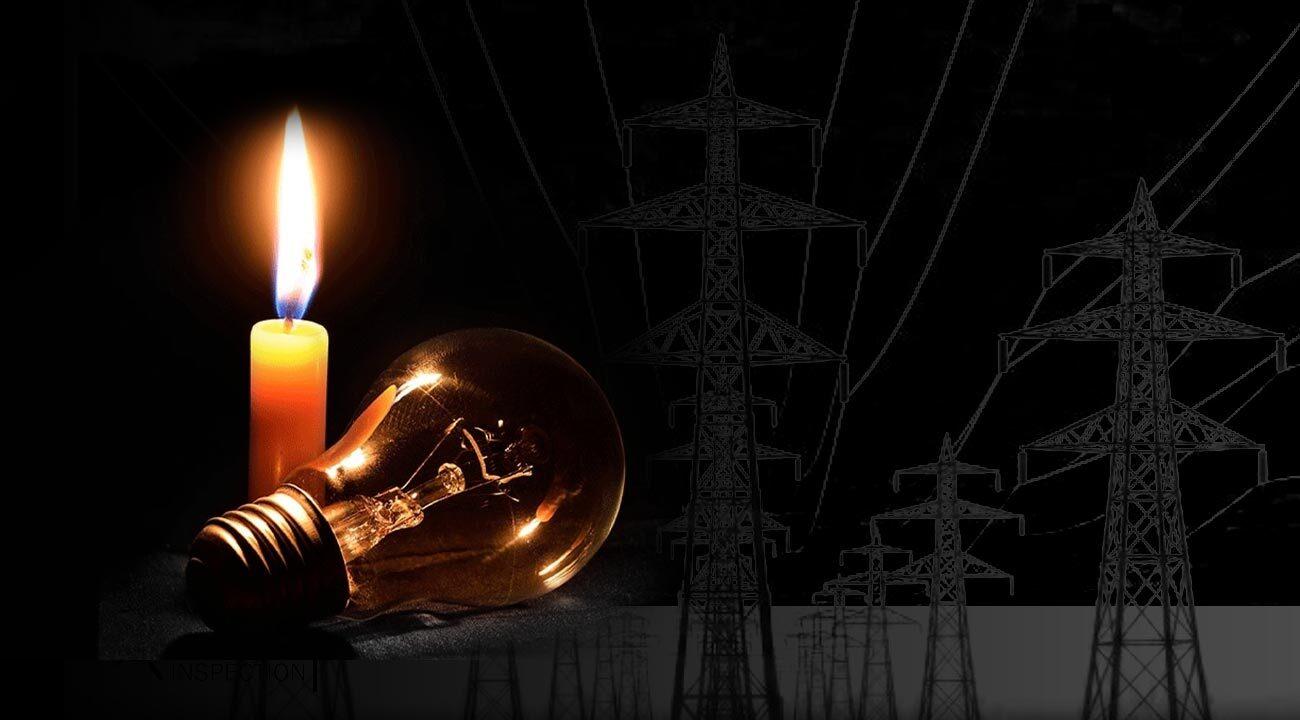
Middle East (Enmaeya News) — This summer, six Arab countries—Kuwait, Iraq, Syria, Lebanon, Yemen, and Sudan—are expected to face a severe electricity crisis. A combination of rising temperatures, aging infrastructure, fuel shortages, and ongoing political instability is putting enormous strain on their power systems.
According to a recent report from the Energy platform, these countries are struggling to meet increasing energy demand due to long-standing problems in their electricity sectors. The crisis reflects more than just technical faults; it reveals deep-rooted issues in governance, management, and investment.
Abdulrahman Salah, editor-in-chief of Energy, emphasizes that temporary fixes like importing fuel or scheduled blackouts are no longer enough. “What we are facing is a structural failure that requires comprehensive reforms to improve transparency, management, and financing,” he explains.
In Kuwait, although the theoretical electricity production capacity is high at 20.5 gigawatts, much of the equipment is old and expansion projects have been delayed. As a result, daily power cuts lasting between two to four hours are likely during July and August, especially when temperatures exceed 50 degrees Celsius. While Kuwait benefits from power sharing through the Gulf grid, the additional supply of 500 megawatts will not be enough to close the gap.
Iraq’s electricity situation is even more strained. A sharp reduction in gas imports from Iran has cut production from 28,000 to 20,000 megawatts. However, during summer peaks, demand can reach 55,000 megawatts. Many areas face blackouts that last from two to eight hours daily as the system struggles to keep up.
Syria’s electricity supply falls far short of demand as well. The country produces around 2,600 megawatts, while demand soars to 9,000 megawatts. This massive shortfall has forced many Syrians to rely heavily on private generators and solar panels at home. Although there are plans to increase supply through connections with Turkey and gas imports, these projects are not expected to be operational before the end of the summer.
Lebanon’s electricity network is similarly under pressure. Power plants produce roughly 2,000 megawatts, but the country needs about 5,000 megawatts. Government electricity is typically available only four to six hours daily. The rest of the time, residents depend on private generators and solar energy, all while facing a severe fuel shortage and financial crisis.
In Yemen, the power crisis is among the most severe. In cities such as Aden, blackouts can last up to 20 hours a day. Officials warn of a growing humanitarian emergency if fuel does not reach key plants like Petromasila and Mansoura. Approximately 90% of Yemen’s population now relies on solar power, especially after many power stations were damaged in airstrikes throughout 2024.
Sudan’s electricity system has been devastated by ongoing conflict. In Khartoum, power outages can last as long as 14 hours daily due to damaged infrastructure, lack of maintenance, and fuel shortages. Fighting has disrupted repair work and fuel deliveries, while many skilled workers and investors have fled, worsening the crisis further.
This widespread power shortage is no longer a temporary problem; it is a clear sign of structural failures across these countries’ energy sectors. The Energy report calls for urgent, comprehensive reforms. These include diversifying energy sources, modernizing infrastructure, improving operational efficiency, and strengthening transparency and governance. Without such measures, millions will continue to face long, dark summers with serious social and economic consequences.



